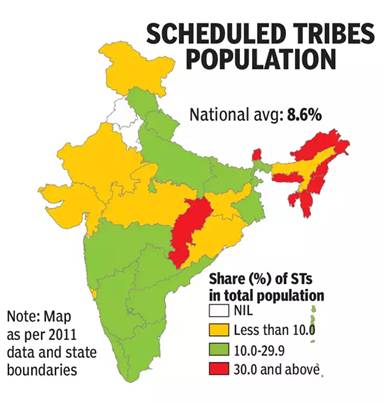Free Courses Sale ends Soon, Get It Now


Free Courses Sale ends Soon, Get It Now



Copyright infringement not intended
In News
Related News
Details
Pahari Community
Hatti Tribe in Himachal Pradesh
Narikoravan and Kurivikkaran hill tribes of Tamil Nadu.
Binjhia tribe in Chhattisgarh
Constitutional Safeguards for STs
https://t.me/+hJqMV1O0se03Njk9
© 2024 iasgyan. All right reserved